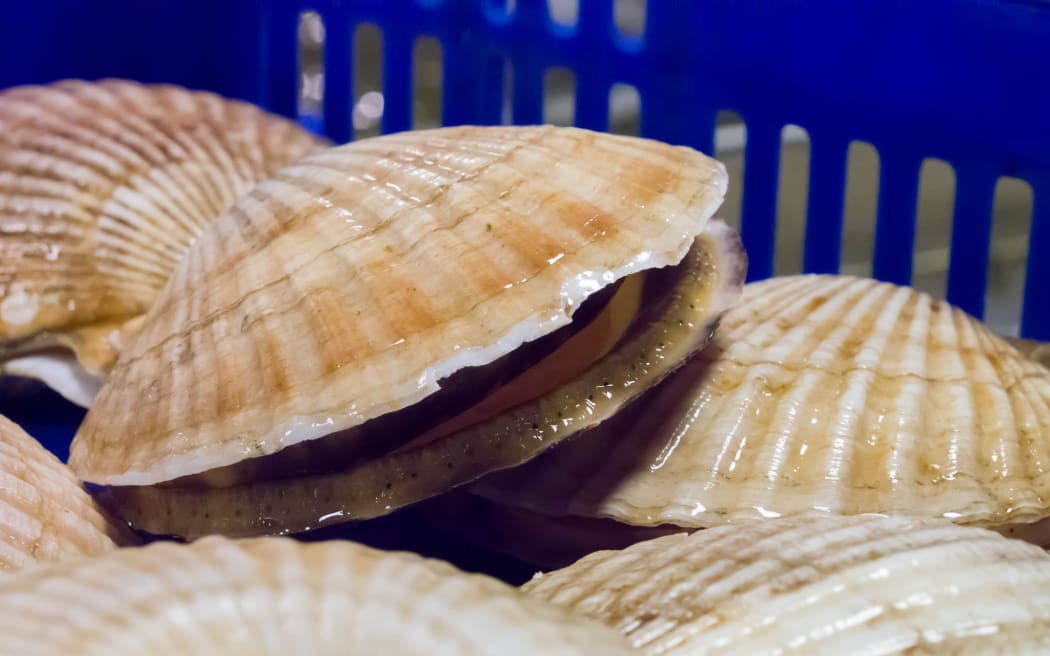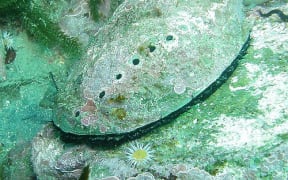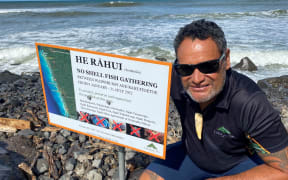
A warning has been issued for gathering shellfish from East Coast beaches. Photo: 123rf
Warnings of toxic shellfish have been extended for the second time as more areas of ocean are found with an algal bloom that produces a dangerous toxin.
The government's Food Safety agency is advising people not to collect or consume shellfish gathered from the East Coast of the North Island because of the paralytic toxins.
This extends the earlier warnings in Hawke's Bay and Northland.
New Zealand Food Safety deputy director-general Vincent Arbuckle said they are closely watching the situation.
"We are monitoring an algal bloom off the East Coast, which is spreading. This type of algae produces a dangerous toxin and when shellfish filter-feed, these toxins can accumulate in their gut and flesh.
"Generally, the more algae there are in the water, the more toxic the shellfish get.
"Cooking the shellfish does not remove the toxin, so shellfish from this area should not be eaten."
Far North Mayor Moko Tepania said it is common for people in the region to supplement their groceries with kaimoana.
He urged people who collect shellfish to heed public health warnings.
"We don't want anybody getting unwell from this. Hopefully these toxins, these algal blooms are going to clear up quickly so we can continue gathering kaimoana as we do up here.
"Definitely a little bit extra concerning though with the cost pressures that everybody is facing. Whānau here in the Far North rely on kaimoana to supplement our kai."
He said if people are struggling with the cost of living they could reach out for help.
Last week, Food Safety said mussels from Tolaga Bay had toxin levels 11 times over the safe limit.
The existing warning for Hawke's Bay has been extended from East Cape all the way south to Blackhead Point, just north of Pōrangahau.
Arbuckle said follow-up tests on mussels from Waimarama Beach showed levels of paralytic shellfish toxins three times over the safe limit.
"Please do not gather and eat shellfish from this area because anyone doing so could get sick."
Affected shellfish include bivalve shellfish such as mussels, oysters, tuatua, pipi, toheroa, cockles and scallops, as well as pūpū (cat's eyes), Cook's turban and kina (sea urchin).




